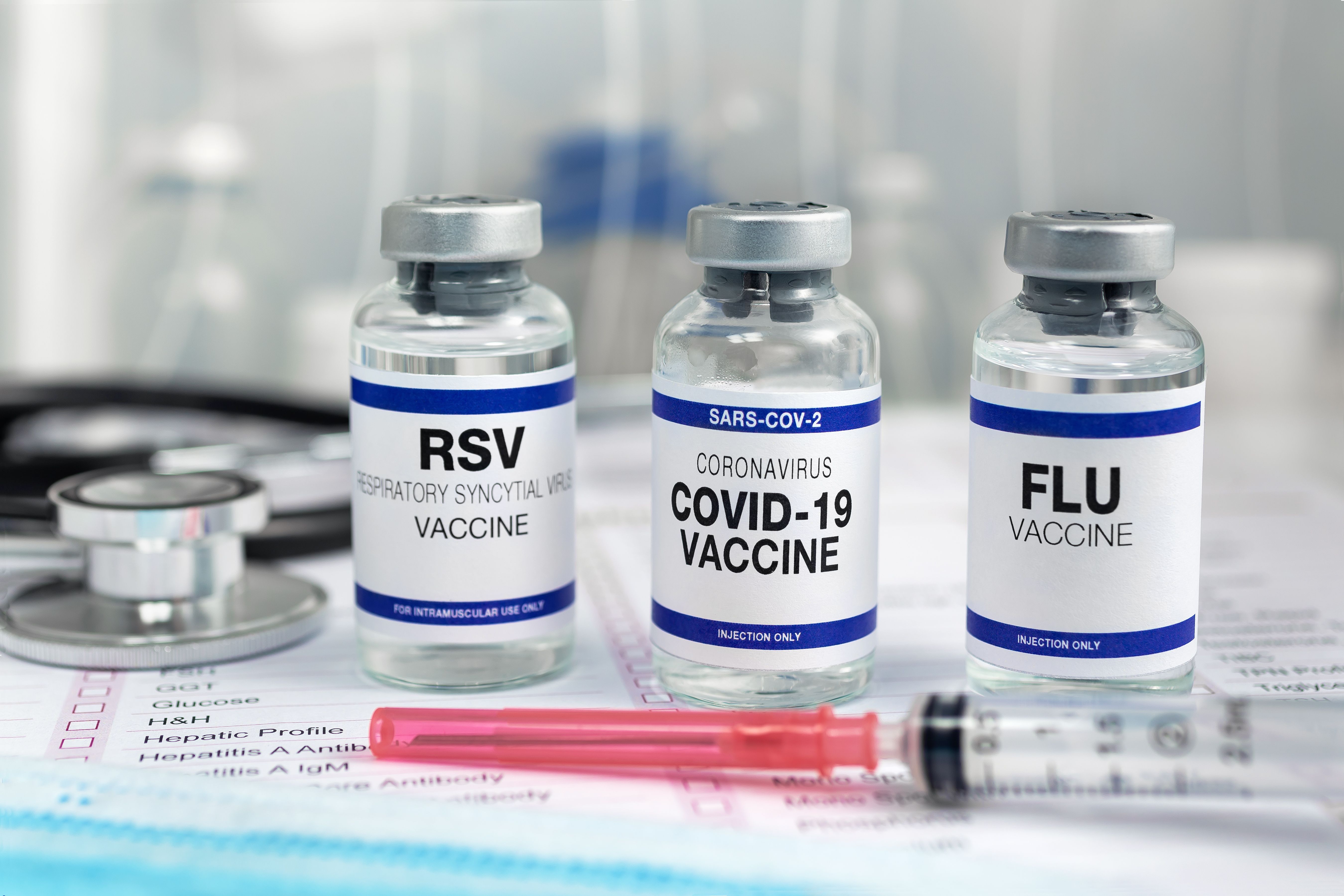Article
Diets Insufficient in Omega-3 Fatty Acids
Author(s):
American adults are eating too little fish to meet current recommendations for fish-derived omega-3 fatty acids.
American adults are eating too little fish to meet current recommendations for fish-derived omega-3 fatty acids.
Americans need to consume more fish and fish-derived omega-3 fatty acids, and a number of authorities have been stressing this point for several years.
Consumption of fish and omega-3 fatty acids may help reduce cardiovascular disease (CVD) risk. The American Heart Association’s Strategic Impact Goal Through 2020 and Beyond, for example, urges Americans to fit fish—preferably oily fish—into their meal plans at least twice a week. Two 3.5-oz servings appear to provide minimal levels of omega-3 fatty acids eicosapentaenoic acid (EPA) and docosahexaenoic acid (DHA). Have Americans listened, or might supplementation be needed?
The April 2014 issue of Nutrition Journal contains a study that indicates more than dietary supplementation is needed among US adults older than 18 years, especially younger adults and women. Using data from the National Health and Nutrition Examination Survey, 2003—2008, the researchers looked at several parameters including total fish intake, and intake of fish high in omega-3 fatty acids (salmon, sardines, mackerel, flounder, herring), α-linolenic acid, EPA, and DHA. They also examined fish oil supplementation.
American adults don’t eat fish regularly, a finding that has been documented in previous studies. These researchers found that American adults are eating too little fish to meet current recommendations for fish-derived omega-3 fatty acids. In this study, Americans self-reported eating an average of 4 oz of fish weekly, with only 1 oz weekly from fish rich in omega-3 fatty acids. They consumed 2.9 g/week and 5 g/week of EPA and DHA from foods and supplements, respectively.
Consumption of fish high in omega-3 fatty acids and EPA from foods and dietary supplements was higher in older adults and in men as compared with women, but very few adults met recommended levels. Older adults had higher intakes of EPA, but not DHA compared with younger adults.
Daily intake has increased substantially over the last 20 years, but does not meet established targets.
CVD appears to begin its insidious course during childhood and develop progressively as the years pass. The researchers argue that focusing on nutrition and selecting better foods during childhood should include a push to add omega-3 fatty acids to the diet from cradle to grave. Supplementation may be necessary to achieve recommended levels.





